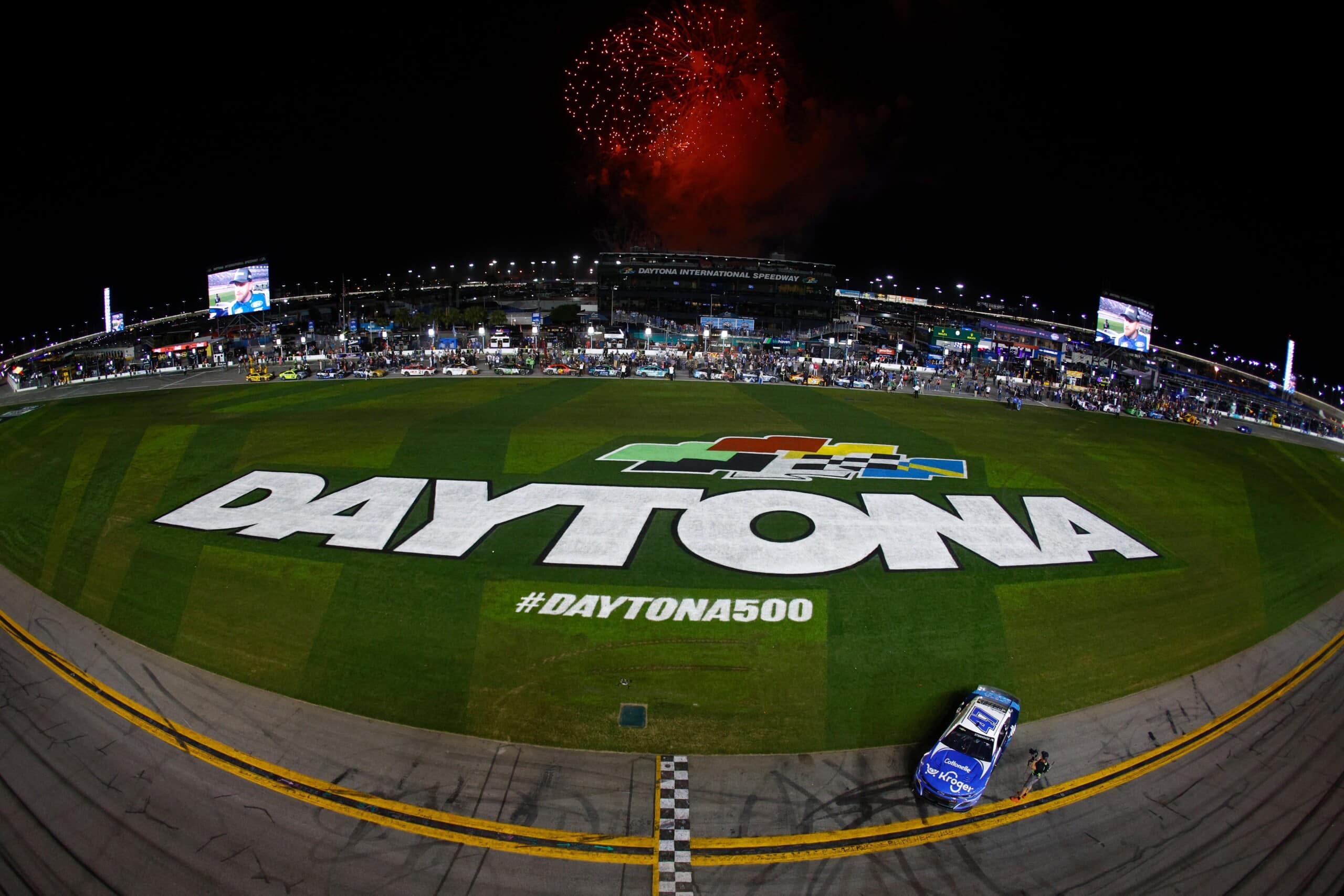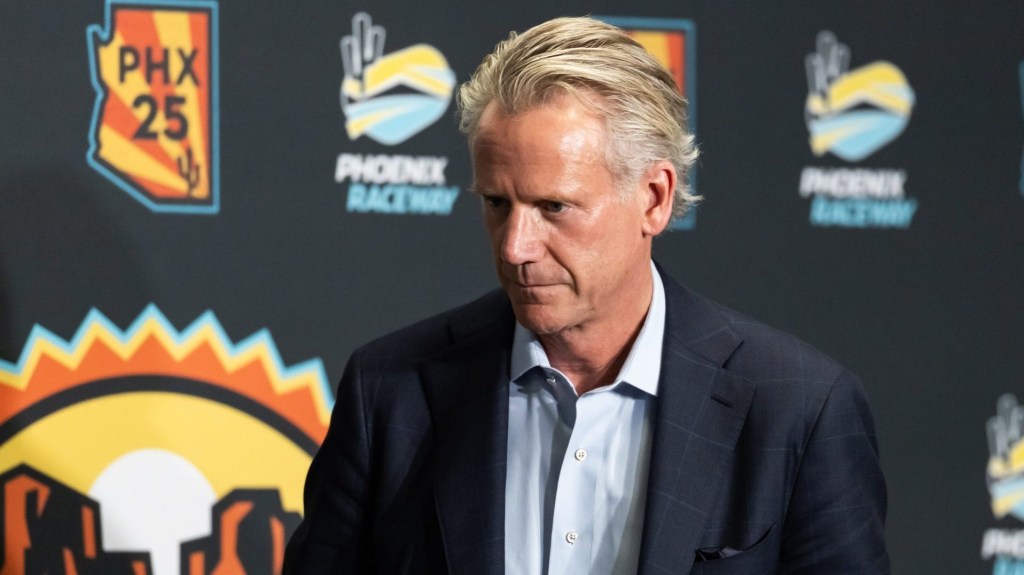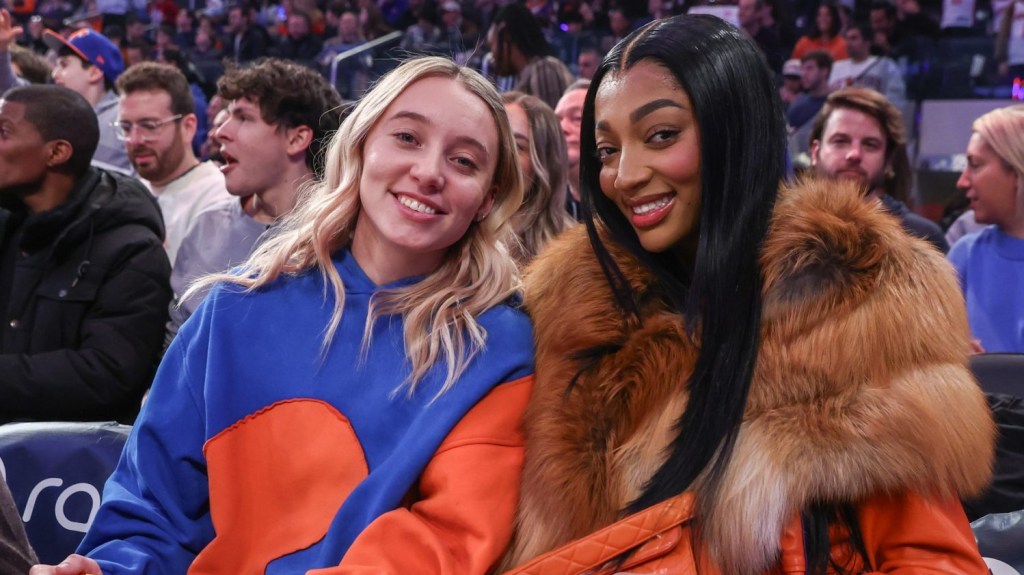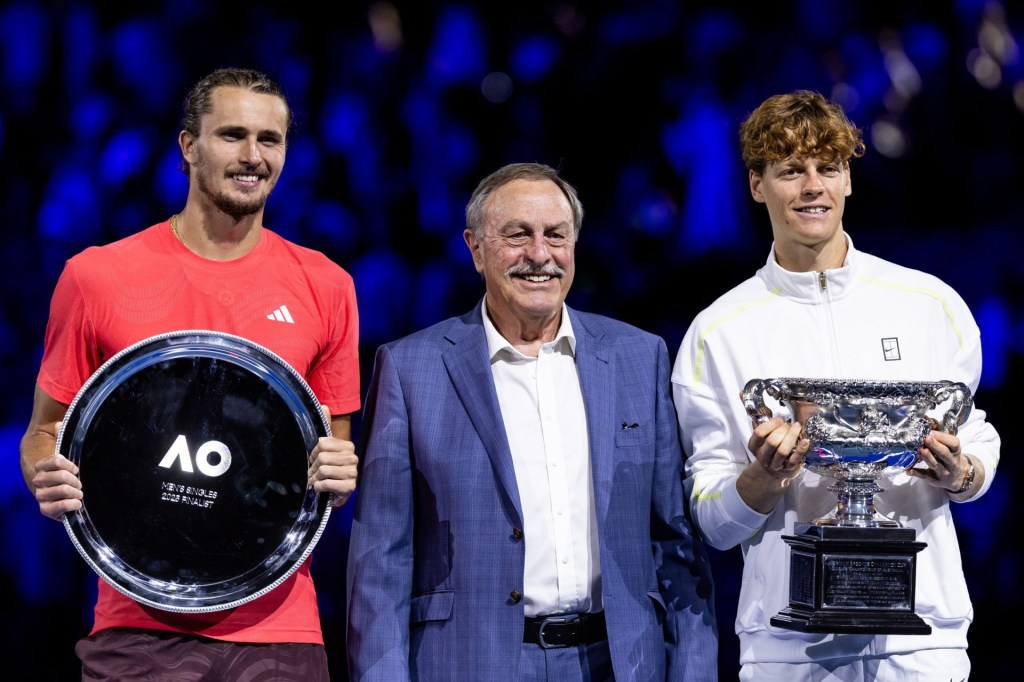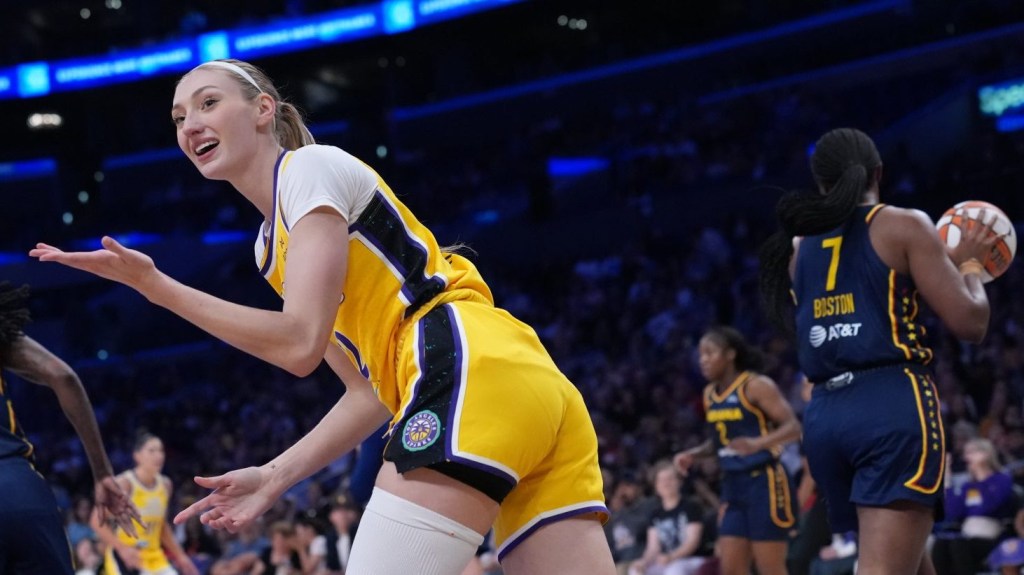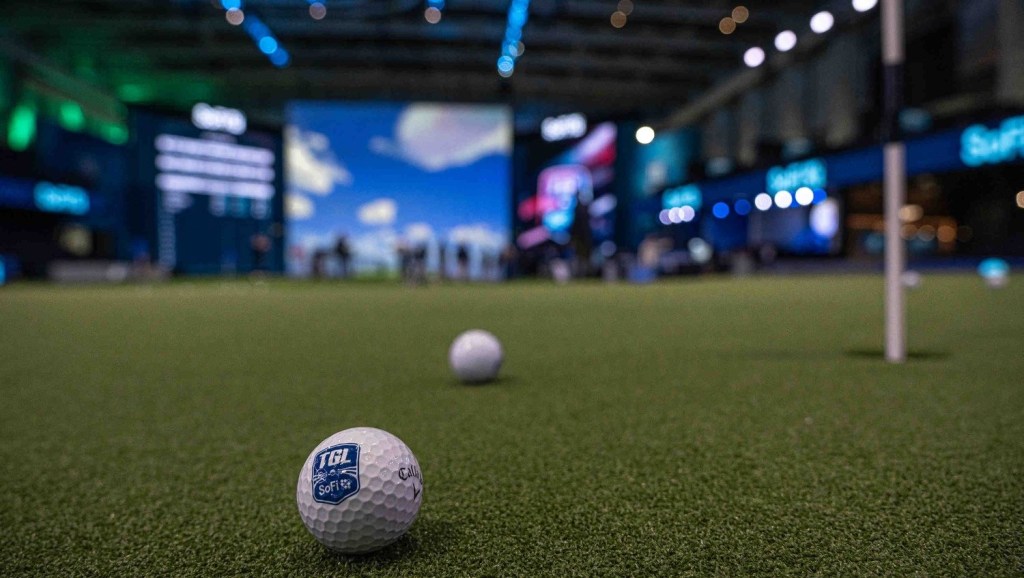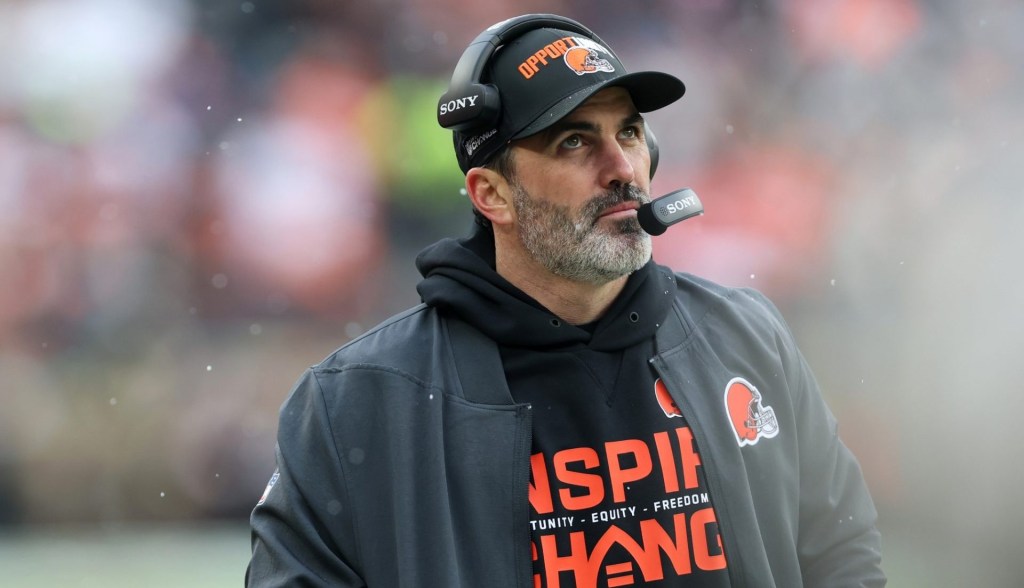Jimmie Johnson captured his first Daytona 500 checkered flag in front of 200,000 fans in attendance and another 19.3 million viewers for NASCAR on NBC.
That was 17 years ago. The seven-time Cup Series champ is back in a fire suit after he ended a two-season retirement from stock car racing, and will start 29th on the grid at Daytona International Speedway on Sunday.
“A lot of crazy things happened,” Johnson said of his legendary career when he met with reporters last week. “I couldn’t have predicted any of it.”
NASCAR could say the same. Nobody knew back in 2006, but the series was at — or at least near — its peak.
The sport that grew out of bootleggers modifying their cars to outrun authorities during prohibition became, for a time, the nation’s second-highest-rated sport to the NFL. But it is no longer the “it” motorsport.
Formula 1 has grabbed that distinction.
Despite that existential threat — and the evolving world of racing, technology, and streaming — NASCAR is content to be itself as it enters its 75th anniversary.
The Anti-Formula 1
Purchased by Liberty Media in 2017, F1 remains a sport that is powered by very expensive technology, and only a handful of drivers even have a chance to win a race.
Costs for a single car in F1 can run up to $15 million, while the current NASCAR Next Gen car costs between $200,000 and $600,000.
While F1 is boosted by the aura and drama of “Drive to Survive,” the reality is far less theatrical and a bit predictable. Last year’s 22-race season produced only five different winning drivers on three different teams; NASCAR had 19 different winners on its 36-race schedule. The margin of victory for NASCAR last season was 1.01 seconds, the second-lowest in series history; F1’s margin for 2022 was 8.697 seconds.
While NASCAR’s charter agreement ensures 36 car/owner combinations are guaranteed a spot in each race, the Cup Series has no team limit; F1, meanwhile, has resisted lifting its 22-car limit.
Mainstays like Roush Fenway Keselowski Racing and Hendrick Motorsports have been part of NASCAR for decades. But the absence of a team limit allows for far more parity and even cross-sport celebrity that widens its cultural reach.
23XI Racing, co-owned by NBA legend Michael Jordan and three-time Daytona 500 champ Denny Hamlin, entered the Cup Series in 2020.
“[Jordan] is just a really powerful presence,” said supercross and motocross champ Travis Pastrana, who is making his Daytona 500 debut in a 23XI Racing Toyota. “Everybody wants to do well around him, and I think that’s a big reason to be on the 23XI team.”
Pastrana’s NASCAR entry was made possible by Black Rifle Coffee, a veteran-owned company that aided Pastrana’s relief efforts for his ancestral home of Puerto Rico after Hurricane Maria. Other new sponsors for the race include UFC president Dana White’s Power Slap league, which sponsors BJ McLeod’s car.
Losing Its Luster?
For nearly four decades, the U.S. had only one — or even zero — F1 races, but there will be three this season. Along with Austin, which has been part of the F1 schedule (minus the pandemic-impacted 2020 race) since 2012, Miami was added last year and Las Vegas will debut in November.
While F1 may not have as much on-track action — especially when it comes to overtakes — it does have “Drive to Survive,” the hugely popular Netflix show that showcases the personalities of the sport’s drivers and their crews.
Just as millions of people have been getting intimately acquainted with F1’s stars, NASCAR has become less recognizable. It doesn’t help that, since 2015, popular drivers Dale Earnhardt Jr., Jeff Gordon, Carl Edwards, and Tony Stewart retired from full-time NASCAR competition.
But as NASCAR enters its 75th season, there are signs of a rebound.
Viewership for the 2022 season on Fox and NBC ticked up 4% to an average of 3 million viewers compared to 2021. Last season, there were eight sellouts and the number of first-time attendees was up 11%. NASCAR also enters this season with 53 official partners, possibly its most ever.
“When the world shut down [due to the pandemic] in 2020, and needed things to watch, ‘Drive to Survive’ was right in front of our faces on Netflix,” said IndyCar veteran Conor Daly, who qualified 34th in the 40-car Daytona 500 field. “Then [after restrictions] were lifted, people started going to the races, and were like, ‘Holy crap. This is really cool stuff.’ The public started to follow along. It’s cool to see because as the saying goes, a rising tide raises all ships. It doesn’t matter if it’s IndyCar, F1, or NASCAR, the hype is super positive for all of us.”
The NASCAR Cup Series will stage its first ever street race this July in Chicago, and there will be a total of six road-course races. As a throwback to its Southern roots, the Cup Series is also headed back to North Carolina’s North Wilkesboro Speedway — a historic venue that that hasn’t held a Cup race since 1996 — for the series’ all-star race in May.
“We’ll look at any and all avenues to make sure we can improve that fan experience if we need to do that,” NASCAR COO Steve O’Donnell told Front Office Sports. “We are excited about the 75th anniversary. It’s going to be a big launch.”
Staying In Their Lane
Another season of viewership gains would help upcoming media rights negotiations.
NASCAR’s current deals with Fox and NBC — for a combined $820 million annually — run through the end of the 2024 season with negotiations starting over the next several months. Fox, which carries the first half of the season, is broadcasting today’s race.
With F1 race broadcasts surpassing 1 million U.S. viewers per race for the first time in 2022, ESPN and the racing championship extended their current broadcast deal. F1 will receive $255 million total under the three-year deal — 17 times more than ESPN paid under the prior deal.
FOS reported in November that NASCAR is looking to get up to $1 billion per year in the next deal.
While leagues like the NBA and NHL have recently dipped into sponsor patches to increase revenue, NASCAR has always been about brand visibility. The teams survive largely on sponsorship money, although owners are seeking a larger cut of TV revenue when the charter agreement between the owners and the series — like the broadcast deals — expires after the 2024 season.
The reliance on advertising on cars, racing suits, timing boxes, and everything else means NASCAR seeks the widest possible audience. A move to streaming along the lines of the NFL (“Thursday Night Football” on Amazon Prime and “Sunday Ticket” on YouTube TV) and MLS (exclusive deal with Apple TV+) would seemingly be less likely.
“The balance for us is to make an educated guess on where the future technology is going, and make sure we are in the forefront of that as much as possible,” O’Donnell said. “We’re really happy with where we are today.”
